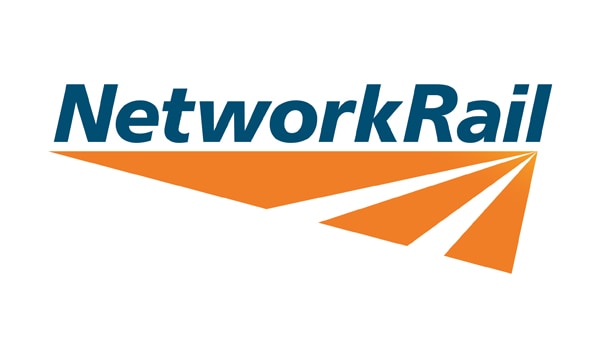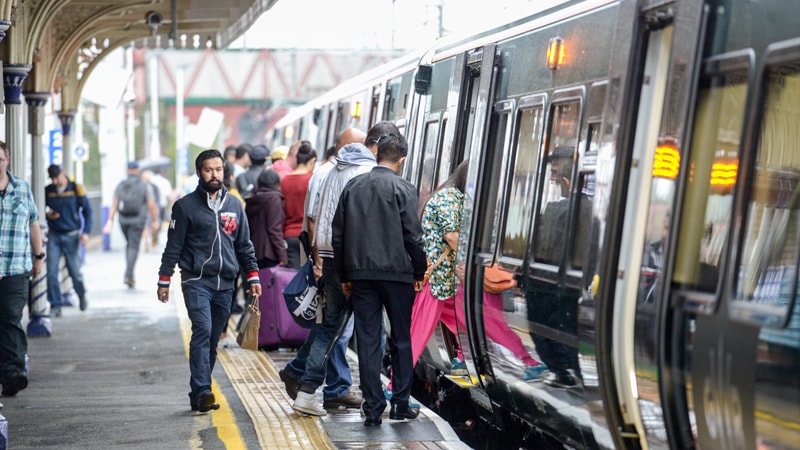Upgrading critical rail infrastructure
Network Rail owns and manages much of the United Kingdom's rail infrastructure. This includes 20,000 miles of track, 30,000 bridges, tunnels, viaducts, and thousands of signals, level crossings, and stations. It manages 20 of the United Kingdom's largest stations.
The task for Network Rail is to operate, maintain, and upgrade this huge, critical estate of national infrastructure. It must do so in a way that maximizes investment value and minimizes disruption, working quickly to adapt to changing travel habits.
Network Rail's Train and Station Innovation for Performance (TSIP) initiative has been trialing technology solutions aimed at delivering demonstrable, quantifiable benefits, and outcomes for the rail network. The business challenges/use cases are grouped under four pillars: better passenger experience, enhanced safety and security, improved performance, and operational resilience.
"We know we can work smarter and improve the railway with an infrastructure driven by data," says Jamie Potter, head of relationships (Telecom Services), Network Rail. "Through TSIP, we've shown how monitoring tools, such as smart cameras and sensors, can give us real time information of what's happening on the ground, that we can respond to quickly for a safer and better railway experience."
Sharing insight to inform decision making
Technology is a key enabler in the transformation of U.K. rail. Network Rail has moved TSIP to a new phase: the Advanced Smart Analytic Programme (ASAP). As part of ASAP, Cisco is collaborating not just with Network Rail but also with industry leaders such as Intel, Telent, and Purple Transformation Group. Together, these collaborations are helping turn ideas into transformative solutions. Cisco Services is leading the ASAP program and providing project management and technical advisory services to Network Rail.
Cisco, Intel, Telent, and Purple Transformation Group each address key technology pain points. Together, they deliver the necessary connectivity and compute power while helping plan the practical impact of the transformation opportunity.
Telent, which has had a 30-year relationship with Network Rail, is tasked with structuring the engagement.
"Our role is to understand the Network Rail vision, wear the high-visibility vests and safety boots, and collaborate with other partners. The goal is to bring Cisco concepts, systems, designs, and engineering into operation on the ground," says Kevin Bonnano, director of rail, Telent.


